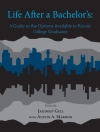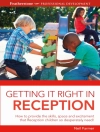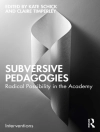With air pollution now intimately affecting every resident of Ulaanbaatar, the capital of Mongolia, Saskia Abrahms-Kavunenko seeks to understand how, as a physical constant throughout the winter months, the murky and obscuring nature of air pollution has become an active part of Mongolian religious and ritual life. Enlightenment and the Gasping City identifies air pollution as a boundary between the physical and the immaterial, showing how air pollution impresses itself on the urban environment as stagnation and blur. She explores how air pollution and related phenomena exist in dynamic tension with Buddhist ideas and practices concerning purification, revitalisation and enlightenment. By focusing on light, its intersections and its oppositions, she illuminates Buddhist practices and beliefs as they interact with the pressing urban issues of air pollution, post-socialist economic vacillations, urban development, nationalism, and climate change.
Содержание
Acknowledgments
Note on Transliteration and Terms
Introduction
1. Dust and Obscuration in a New Economy
2. A History of Enlightenment in Mongolia
3. Buddhism, Purification, and the Nation
4. Ignorance and Blur
5. Networks and Visibility
6. Karma and Purification
7. Removing Blockages, Increasing Energy
8. Temple Critiques
9. White Foods, Purification, and Enlightenment
Conclusion: Stillness and Movement
Glossary
Notes
References
Index
Об авторе
Saskia Abrahms-Kavunenko is a Teaching Fellow at New York University, Shanghai, and an Associate at the Max Planck Institute for Social Anthropology.












